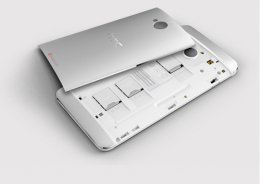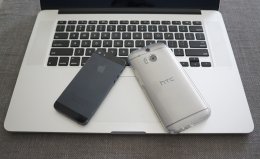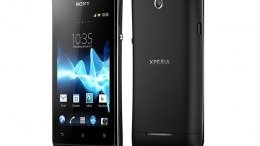Sims free Slots
 Stateside, dual-SIM phones are practically unheard of, mainly due to the subsidy structure our mobile industry is based on. But in smaller, emerging markets, dual-SIM phones have been around for years. Globally, such phones are growing in popularity. Devices like the Galaxy S Duos 2, Galaxy Note 3 Neo Duos, or even a modified HTC One with a removable back come with two SIM slots.
Stateside, dual-SIM phones are practically unheard of, mainly due to the subsidy structure our mobile industry is based on. But in smaller, emerging markets, dual-SIM phones have been around for years. Globally, such phones are growing in popularity. Devices like the Galaxy S Duos 2, Galaxy Note 3 Neo Duos, or even a modified HTC One with a removable back come with two SIM slots.
Why do people need more than one SIM in any particular smartphone? Why on earth would someone need three or more SIMs? The answer is more simple than you might think.
 Travel
Travel
One of the most obvious reasons multi-SIM devices exist is for international travel.
Roaming charges can run up the bill excruciatingly fast and sometimes a local SIM is the only logical way to stay connected while traveling. However, if you pop a new SIM into your phone, you become unavailable to all those people back home who have your number.
 Using a dual-SIM setup, you can use both a temporary, local SIM for data and local calls while keeping your personal SIM from home in your phone for family emergencies, work, or other uses.
Using a dual-SIM setup, you can use both a temporary, local SIM for data and local calls while keeping your personal SIM from home in your phone for family emergencies, work, or other uses.
In more recent years, things like instant messaging, VoIP, and various other forms of communication have nullified some of these use cases, but it’s still a viable option for traveling abroad and keeping expensive roaming charges to a minimum.
Big savings
In emerging markets, prepaid plans are commonplace and postpaid service is often overpriced.
Back on Episode 088 of the Pocketnow Weekly, we had a listener mail in with a question concerning multi-SIM phones and how many people used up to 10-SIM expansions. Our own Jaime Rivera weighed in, explaining that he, too, lives in an emerging market. He said he used to pay over $140 per month for his cell service. The data speeds and calling was ideal, but the pricing was hard to swallow.
Our own Jaime Rivera weighed in, explaining that he, too, lives in an emerging market. He said he used to pay over $140 per month for his cell service. The data speeds and calling was ideal, but the pricing was hard to swallow.
Various prepaid plans come with different offers, however. Some offer better data pricing, yet come with horrible calling plans. Another prepaid service may offer better calling options, but poor data services and pricing.
By switching to two separate prepaid plans, Jaime was able to get the best of both worlds without breaking the bank. He said after the switch, his monthly wireless costs dropped to just $50. On one prepaid carrier, he can get HSPA+ data and “a ton of minutes”, while on the other carrier, the data is horrible, but he can call the U.S. for no additional charge.





